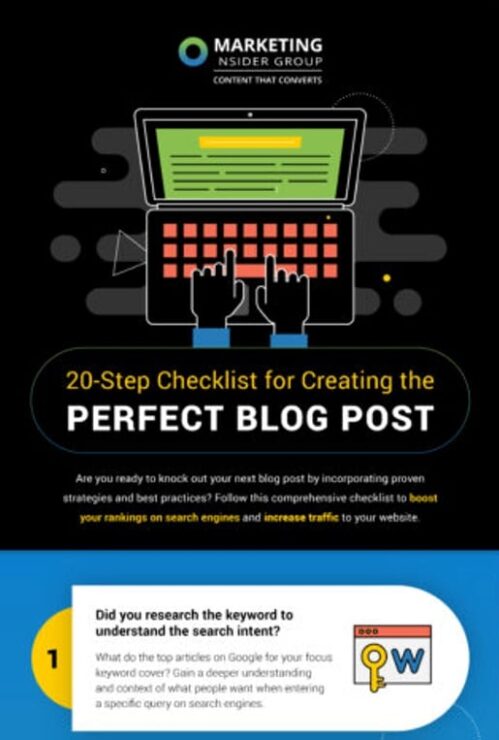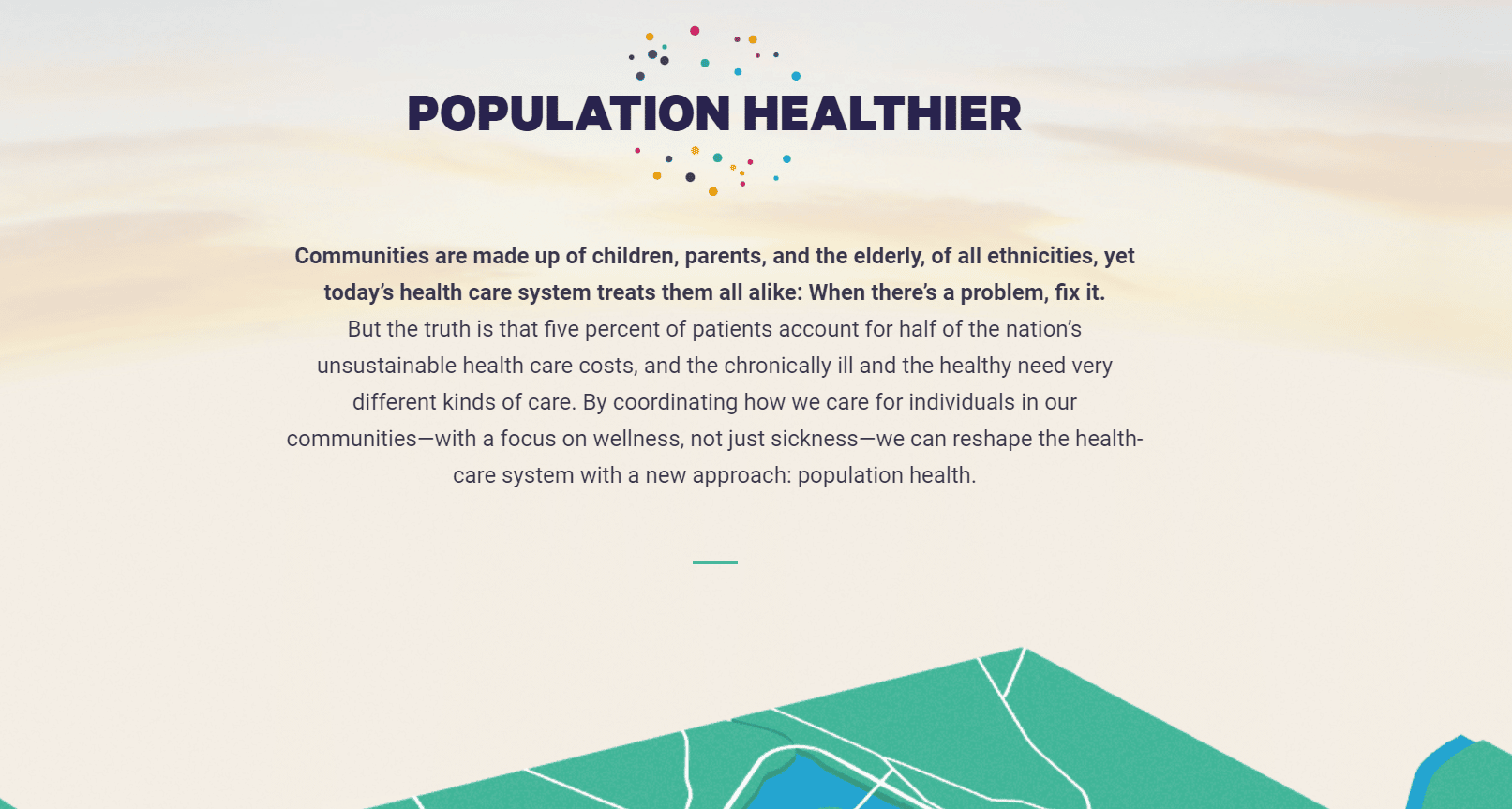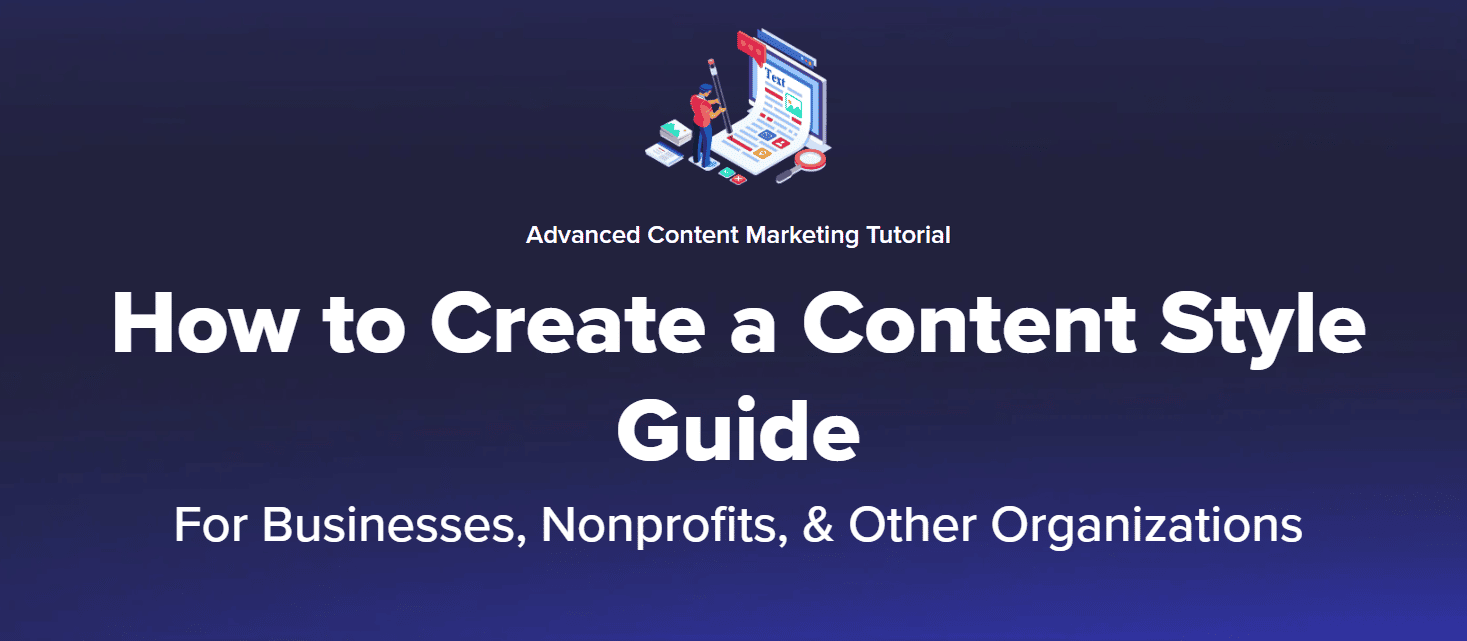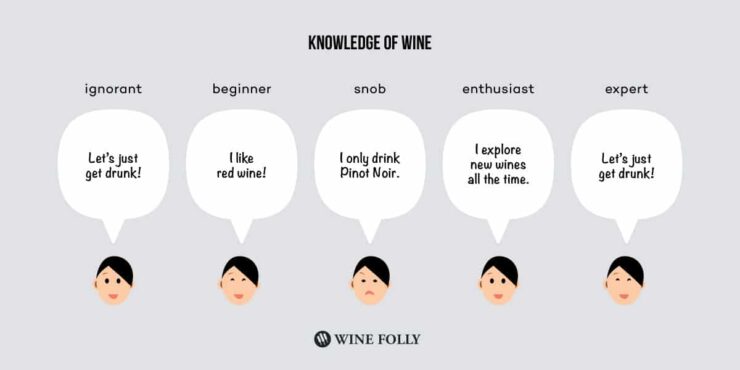Is your brand using a content strategy? If the answer is no, then your content strategy may be disjointed from both your perspective and that of your audience.
The foundation of all your content depends on pillar content. It is focused on the most important topics that you and your audience are interested in and establishes your industry expertise to potential customers, search engine crawlers and industry peers.
This article will cover all aspects of creating a content-pillar strategy that works. We'll explain what it is and how to create it. And we'll show you the benefits that you'll get from having one in place.
Are you ready to jump in? Let's get started.
Quick Takeaways
-
Pillar content provides a comprehensive guideline on a topic that is important to your audience.
-
Pillar content has an evergreen nature. It is reusable over time and can be used to generate compounding returns.
-
Before you can develop a content strategy, brands must first understand their audience.
-
Boosting pillar content across multiple channels (like email and social media) creates momentum after it is published.
-
Pillar content should be regularly updated to reflect industry trends.
What is pillar content? Why do you need it?
Pillar content is a comprehensive guide for a topic that is important to you and your audience. The content is extensive and lengthy, and it answers any questions the reader may have about the topic. It also tells them all they need to know.
Rand Fishkin, former CEO of Moz, coined the term "10X Content" for pillar content. It should be 10X more valuable than the current highest-ranking piece on the topic.
Image Source: Ceralytics
10X better?! This sounds daunting. How can you make something better than the content already on Google SERPs? It takes time and effort, so pillar content should only be reserved for topics that are most important to your brand.
It is important to create pillar content on topics that you have a strong brand authority. A strong pillar content library will be the foundation for all the niche and long-tail content that you create.
Your pillar content, in other words, is the root of your content tree. You can grow a large content library with many branches, but your blog's pillar content keeps it performing at a high standard.
Let's take a look at a step-by -step guide for creating pillar content on your company blog.
7 Steps to Create a Content Pillar Strategy
Know your audience
Who is the audience for which you are creating content? This is the most important question to ask yourself when you are creating (or revising) your content strategy. It is essential to understand your audience before you can choose the right content pillars.
You could also skip this step and end up creating content that your audience doesn’t need.
How can you get to know your audience better? There are many proven methods that you can use to get to know your audience. One of the most well-known frameworks is buyer personas.
Once you have identified your target audience, it is time to determine their pain points. Your audience's pain points are the real problems or challenges they face and that motivate them to search for your solutions. Remember that users don't care what solution you choose as long as they solve their pain points.
In other words, If your Google SERPs rank high, people will see your content first and realize that you can solve their problems. They'll also be more likely choose you over other competitors.
Strategyzer's Value Proposition Canvas is one of the best tools to discover your audience's problems. Here's how you can use it.
Select your content pillars
Next, you need to decide on your content pillars. The pillar topics you choose will be easy to identify once you have a clear understanding of your audience and their needs. The number of topics you choose depends on how big your company is and what your offerings are.
It's best to have 3-5 content pillars for small to medium-sized companies. Never more than 10. Your content pillar strategy will remain focused on the most important topics for your audience (and eventually the subtopics). While you will still have a large and varied content library, it will remain consistent.
Search engines can recognize topics you are an expert in and rank your content accordingly.
Do keyword research
After you have established your content pillars you need to do keyword research to find out how your audience searches for your pillar topics. It is important to match your focus keywords for pillar material with the Google search bar queries. This will help you achieve high Google rankings.
SEMRush's Keyword Magic Tool makes keyword research easier than ever. You can download it for free.
Create titles for your pillar content
When your content appears in their SERP pages, the blog article titles is what people first see. It's the first thing people see when your content appears on their SERP pages.
How can you make compelling titles? These are some suggestions:
- Use numbers and questions (ex. "8 Steps to Creating a Perfect Blog Post" is better than "Creating the Perfect Blog Post".
- Value — In the title, explain to your readers what you expect from them.
- You don't have to be serious. Our blog post Personas are Great (Except when They Suck), has received lots of attention due to its attention-grabbing snark.
- Include your key words. It's what got users to your site in the first place.
- Be concise. Google SERPs will only display the first 50-60 characters in your title.
Once you have titles created, add them in your content calendar to ensure you are on time for publishing them.
Make amazing content
Let's get to the fun part — creating your content. While most brands think of pillar content in the format of blog posts which can be very effective, you can also make infographics and videos to rank as pillar material.
Creativity is key! Consider what is most valuable to your audience and then go in that direction. You don't have to be boring. MIG, for example, has started to add more shareable infographics to our pillar blog posts (like the one below on How to Create the Perfect Blog Post).

Image Source: Marketing Insider Group
Amplify your pillar content across channels
If you want your content to be successful, it is crucial to include a plan to increase your content in your pillar content strategy. To give traffic an extra boost, share your pillar content via other channels.
Sharing ideas: Your company's social media pages, employee social networks pages, email newsletters and links in email signatures.
Update your pillar content regularly
Keep your pillar content current. Every industry changes and evolves over time. Your content should reflect current best practices and key information that people need to know. Marketing Insider Group provides an example of this in the SEO articles that we create for our blog.
An SEO strategy pillar piece would look very different in ten years ago than it does today. Google ranking factors, best practice, industry norms and audience behavior all have changed over the years. We must update our pillar pieces to reflect these changes in order to keep them performing.
Benefits of Pillar content for your brand
Traffic compounding
Pillar content is more timeless than news or niche content. Pillar content is timeless and relevant for a long period of time. It also has a longer shelf life than articles written for other topics. They will continue to attract traffic over time. This traffic will increase as more people share your content.
Google Rankings Higher
Google's algorithms are more sophisticated than ever. They are no longer searching for keyword-stuffed content. They instead identify the articles that offer genuine value to those who are searching for information about that topic.
You can expect higher Google rankings for your pillar content if it is current, comprehensive, and of high value.
Authority in branding
Your brand authority is established through strong pillar content libraries. Through pillar content, people build trust in your brand and begin to actively seek out your content when they have questions.
Pillar content is also trusted by industry peers, which means it will bring you more backlinks (and therefore more traffic) than other content.
Killer Pillar Content Examples
The Atlantic makes the population healthier

This page from The Atlantic will be on almost every list of high-quality pillar content examples if you do a search. This content will take you on a journey through Massachusetts to learn about one city and the ways they made their citizens healthier. Population Healthier's design makes it easy to understand and leaves a lasting impression.
It is a beautiful design that makes the content a strong pillar. But it's also because of the quality content. Lowell MA's study is timeless. While the future may not be known, the process of moving from point unhealthy to point health will continue to apply.
How to Create a Content Style Manual by Impact

This example from Impact shows how pillar content can be made more accessible. To write quality content, you don't necessarily need to be a graphic designer major.
The author clearly explains what you will learn in each pillar piece from the beginning. You don't have to waste your time looking through the outline if it doesn't contain what you need. The outline even lists who each pillar is and why.
Impact provides actionable tips and explanations on how to create a content style guide.
Battle of the Bots by HubSpot

This HubSpot Battle of the Bots page, a graphic design masterpiece, tackles a technical topic. It is easy to get lost in the technical world of tech. HubSpot makes it easy to understand bots by explaining them in laymen's terms using real-life examples. It is also timely, providing insight into the current state of technology and the direction that it is heading.
They make it enjoyable! An army of robots will be with you every step of your journey.
What exactly is wine? Wine Folly

To create pillar content, you don't need to be a marketer! Wine Folly's example is a great way to explain the core values of the wine industry. Although the article is broad at the beginning, you will find more information as you scroll down.
These pages cover all aspects of wine grapes vs table grapes, the contents of a wine bottle, and even taste descriptors. This page is for anyone who has ever felt confused by a server asking if they would like to order a sweet or dry wine.
Wine Folly is a fun company that keeps things interesting through their pillar content. You can even send memes to someone you know from Wine Folly.

Create Your Brand's Pillar Content Strategy Today
Great content is the foundation of a great pillar content strategy. This content takes experience and time to create. You may not be able to create pillar content that is relevant to your business. Marketing Insider Group's SEO and writer experts can provide optimized content that is ready to be published every week for a year or more.
To learn more, visit our SEO Blog Writing Service or to schedule a consultation with me to get going!
How to Develop a Content Pillar Strategy (With Exemples!) Marketing Insider Group published the article first.
Frequently Asked Questions
What are the four types of marketing?
Marketing can be divided into 4 categories: Direct Mail Marketing (Traditional Advertising), Public Relations (Public Relations) and Digital Marketing. Each of these categories has different goals and should only be used for specific purposes. These can be combined to help you reach your goals.
What are 3 examples for internet marketing?
Internet Marketing can be described as a broad term that covers online activities to promote products and/or services. Internet marketing covers email marketing as well social media marketing, search engine optimiz (SEO), PPC advertising (PPC), web design and other related activities.
This does not mean you need to spend money to make it happen. There are many ways to make income without spending money. However, the more you invest in each method, the better return you'll receive.
The most common form of internet marketing is email marketing. This involves sending email to potential customers with information about your business, and its latest offers.
Another popular method to advertise is through social media marketing. Facebook, Twitter and LinkedIn are all great platforms for sharing information and interacting with friends and loved ones. These sites provide businesses an excellent way to communicate with their clients, increase awareness and build trust in their products or service.
Search Engine Optimization (SEO), a technique to increase website visibility in search engines, is called Search Engine Optimization. Webmasters have the ability to increase traffic to their sites by improving the quality or quantity of relevant backlinks.
Website Design is the art of designing a website that looks attractive and functions well. Website designers determine the style and layout of a website. Website designers make sure that the website is compliant with technical specifications and meets accessibility standards.
Advertising known as Pay Per Click (PPC), is where advertisers place bids on keywords that relate to their products or services. Advertisers earn a commission when someone clicks their ad. PPC ads appear on search results pages at the top or bottom.
Why is it so important that your brand is defined?
Your company's brand is nothing more than a promise you make to your customers. A brand promises certain qualities and benefits that make your company stand out among competitors. Your brand is what distinguishes you from others within the same industry.
Your brand is a symbol of authority and credibility. Your logo instantly identifies your company to potential customers. Because you have earned their trust, they will trust you.
Your brand is also a reflection of your company's culture. Your employees will feel passionate about your brand if they are passionate about your product or services.
Your brand isn't just words or pictures. It is a promise your company keeps. It is a promise to deliver value to customers.
You need to take into account several things when you are attempting to build your brand. First, choose a name and description that clearly describes your company. Sweet Dreams Bakery is a good example of a bakery name. If you run a software business, however, you would probably choose DreamSpark Software.
Next, you will need to decide how your company will be represented. Will your logo be easily identifiable? Will you use colors that match your corporate look? Do you plan to use logos?
Finally, you'll want to consider how your target audience perceives your brand. Do you present yourself as helpful and friendly? Do you seem trustworthy and professional? Will you seem knowledgeable and experienced?
These are all questions to ask before you build your brand.
What is the difference between advertising and marketing?
Advertising is a type of communication that promotes products and brands. Advertising usually has a clear call to action, such as “Buy now!” Click here.
Marketing is on the flip side, it's a way for your company to communicate its mission, vision, values, and other information to potential customers. Marketing helps you build relationships with your current customers as well as prospects.
If you sell shoes online, for example, marketing can be used to tell the story of who you are and what your offer. Talk about your philosophy, history, and commitment towards quality. You could share testimonials from satisfied customers. Perhaps you can even hold an event where people are encouraged to visit your website by giving away free shoes.
In short, marketing is about telling stories. Advertising is all about selling products.
Statistics
- Many experts recommend you share 20% of your promotional content and 80% of other valuable content you find. (marketinginsidergroup.com)
- From 2020 to 2022, eMarketer predicts that digital marketing will grow by 36% and take up 54% of marketing budgets! (marketinginsidergroup.com)
- Companies that use personalization are seeing revenue increases ranging from 6-10%. (blog.hubspot.com)
- Meanwhile, a PartnerPath poll found that co-marketed ads help 68% of consumers arrive at a buying decision before even speaking to a salesperson. (influencermarketinghub.com)
- A poll earlier this year found that 14% of older Gen Z's had bought an item in the previous six months based on an influencer's recommendation. (influencermarketinghub.com)
External Links
neilpatel.com
hubspot.com
influencermarketinghub.com
moz.com
- SEO Learning Center- Moz
- [Case Studies] How Moz ranked #1 for a high-volume Keyword in 3 Months or Less
How To
How can you tell if your branding efforts are working?
Ask your customers. This is the best way for you to measure success. Ask your customers what they think of your brand. What do they enjoy most about your business? What are they not fond of? How can you improve?
You can also conduct surveys on social media sites like Facebook and Twitter. You can simply ask your followers how they rate your brand. Analyse the results to identify which elements of your brand are most successful.
Check out customer reviews. When they are satisfied or dissatisfied with a company, people love to express their opinions. Take the time to read these comments and understand what they think about your brand.
Here are some suggestions to help improve your brand.
- Be consistent. Do not change your marketing materials for every new product. Keep the message consistent across all channels.
- Use multiple channels. You should use email, websites, social media, and other forms of digital communication to promote your brand.
- Make sure you're giving your customers what they want. If you promise free shipping, keep it. Otherwise, you might lose customers who expect no-hassle delivery.
- Remember that your brand is more than just a logo. Your brand is the foundation of everything you do. Take the time to build a complete image.
- Ask your customers for feedback. The sooner you get feedback from your customers, the better.
- Test different messages. You may discover that one message works better than another. Maybe you have two messages very similar but one gets more replies. You can monitor your stats to determine which message is performing the best.
- Look for ways to improve your brand. Do you have any ideas for improvement? Maybe you could add more videos to your website. You might also consider adding customer testimonials to your blog posts.
- A plan is essential. Once you've decided on your goals and objectives, you'll need to develop a strategy for achieving those goals. This includes creating a timeline for reaching each objective. It also means setting up milestones along the way so you can track your progress.
- You should measure your results. When you reach your goal stop measuring. Instead, create a system that will track your progress over time. By doing this, you will always be able to see if you are moving towards your ultimate goal.
- Repeat! Now that you've established a solid foundation for your brand, you'll want to continue to build upon it. If you're having trouble keeping up with your current marketing efforts, consider hiring someone else to help you out.
- Keep your eyes open for the positive. Negative feedback shouldn't be ignored, but it is not something to dwell on. Focus instead on how you can use this information to improve your brand.
- Technology is your friend. Technology has given us many tools we didn't even dream of before. Why not make the most of them? One example is a mobile app you could make for your company.
- Explore the possibilities. Nothing wrong with trying something completely new. You should think about what you are doing before you do.
- Have fun with it. Marketing isn’t supposed to stress you. It's sometimes called “funmarketing”. You should have fun working.
- Know when to quit. It's okay when you feel you have done everything you can. However, don't lose heart too soon. Sometimes, it is necessary to stay with something until you reach your desired results.
- Be consistent. Consistency is key to success. So, invest some time into developing a schedule for your brand.
- Be patient. Building a successful brand takes patience. It won't happen overnight.
- Keep learning. Marketing is constantly changing. Stay informed by attending webinars or reading blogs.
- Never stop learning. You can still learn from others even after you have achieved your goal.
- Enjoy the journey. Marketing is fun. Marketing is not a chore.
————————————————————————————————————————————–
By: Michael Brenner
Title: How to Develop a Content Pillar Strategy (With Examples!)
Sourced From: marketinginsidergroup.com/content-marketing/how-to-develop-a-content-pillar-strategy/
Published Date: Tue, 25 Oct 2022 14:00:21 +0000
